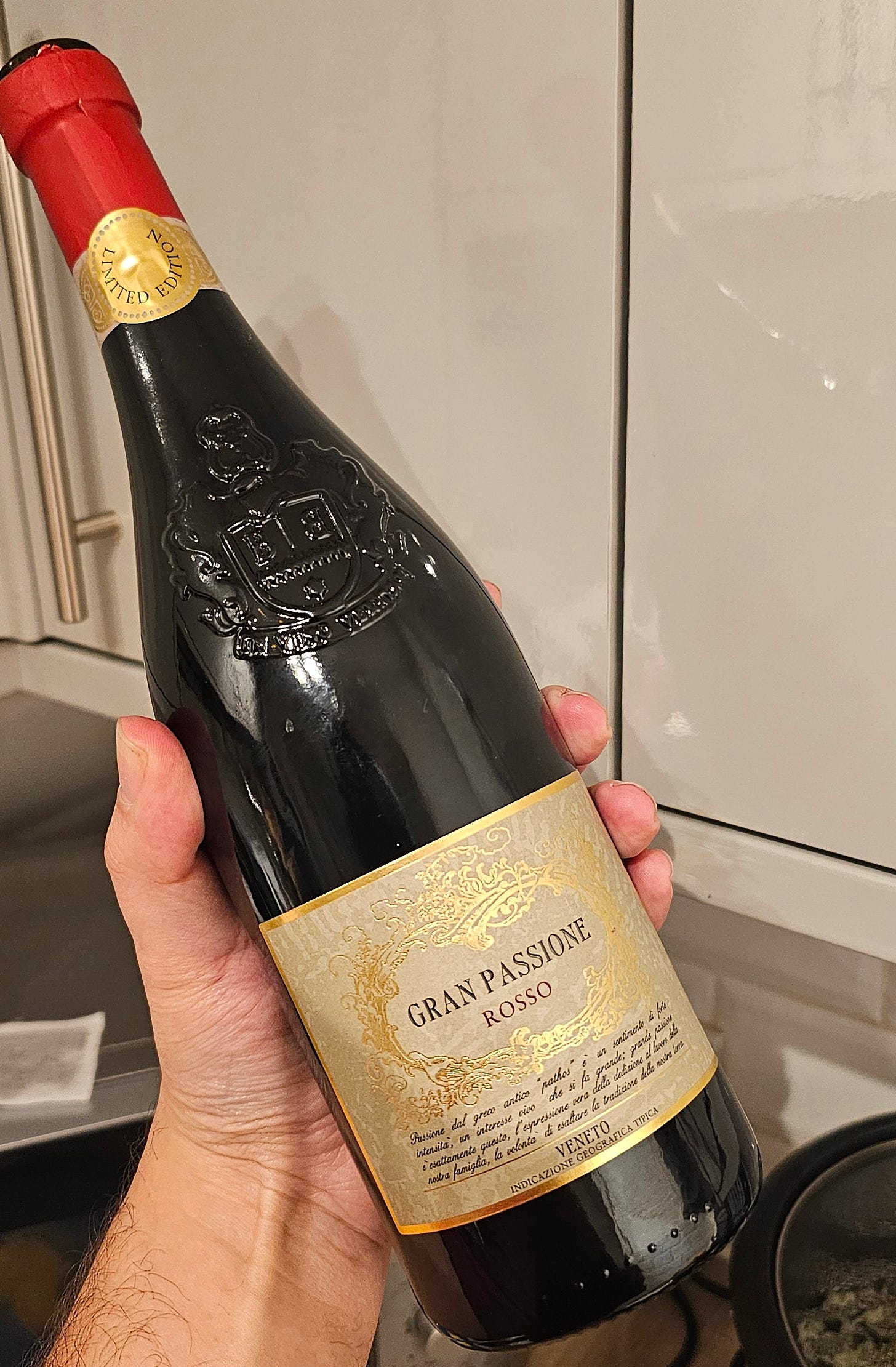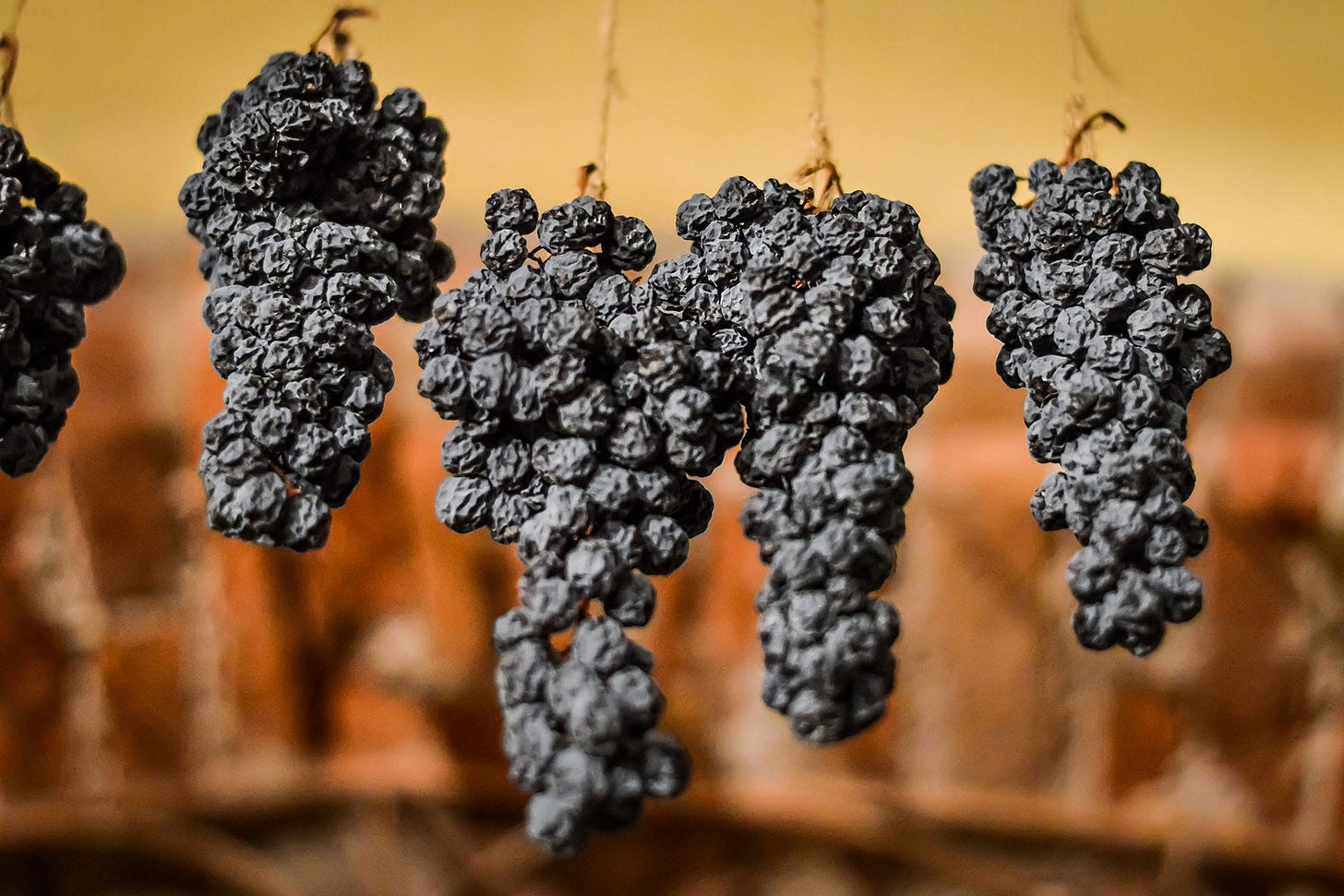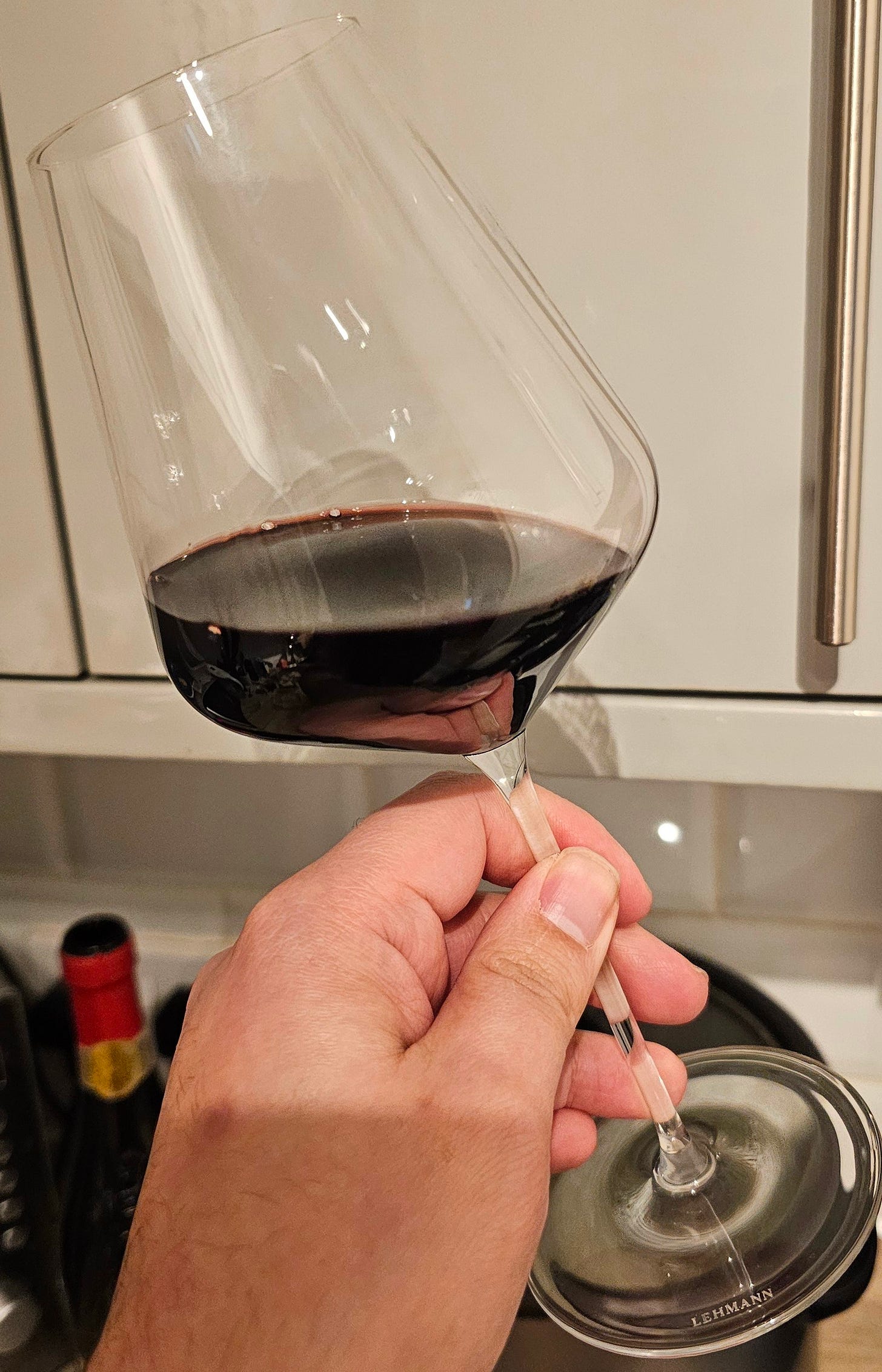Wine Review: Gran Passione Veneto Rosso 2022
Slip into some Italian luxury without paying the price!
Italian wines have been somewhat of a blind spot on my wine journey. Which is a crying shame. Yes, you have great quality wines far below the prices of france, but there’s a billion different regions and the most famous appellations and styles (like Barolo or Amarone) command high prices if you want to play. On the flip side, when even most of the other regions are reliably good quality, where do you even begin? Well, how about with this?
Wine: Gran Passione Veneto Rosso 2022
Producer: Casa Vinicola Botter
Grape(s): Merlot, Corvina
Country: Italy
Region: Veneto
Alcohol: 14%
Vintage: 2022
Price: £15.99 from Askewine
This wine hails from the Veneto winemaking region in Italy. It’s home to many world-famous wines, such as Prosecco (don’t dismiss Prosecco, you can get fantastic examples of the style if you know where to look!). On the red side, you have Valpolicella, Amarone and Bardolino. Most of these can command high-prices, but we’re focusing on Amarone today.
Amarone wine is typically made of Corvina grapes (an indigenous varietal) that are picked when they’re perfectly ripe. So far, so normal. However, they are then dried traditionally on bamboo racks in a process called Appassimento. This shrivels up the grapes, concentrating the juices and sugars. Usually, this process can last around 120 days, after which the grapes are crushed and undergo fermentation for 30 to 50 days. Then, it’s placed in barrels and MUST be aged for at least 2 years.
The resulting wine is super intense, full-bodied, and bursting with flavour. But as you can expect, such a lengthy, time-consuming and tedious process is costly, resulting in Amarone wine usually being quite pricey. Good Amarone costs upwards of £40, and easily slips into the hundreds before you can blink.
So what can you do if you want to taste Amarone-style wine without breaking the bank? You just have to play a bit fast and loose with the rules.
This red blend features Merlot grapes alongside Corvina, giving a round richness to the whole affair without the time-consuming methods of traditional Amarone. The grapes are picked a little later than usual, often overripe, capitalising on the extra sugar obtained for staying longer on the vine. The grapes are dried on the vine for 15 days, a fair bit shorter than the previously described. After fermentation, it’s kept in oak for around 3 - 4 months. Again, we’re working with shorter timeframes, keeping costs down but trying to maximise flavour.
What we’re left with is a “baby Amarone”. It honours and simulates the style to a degree, but with a much more accessible price point. So let’s crack it open and have a taste!
We’re greeted with a purplish hue, and a very inviting nose. Raisins pop up prominently, accompanied by dark fruits such as plum and black cherries. Vanilla rounds it out, giving a sultry aftermath.
On the palette, what’s immediately clear is how silky it feels. It delivers a luxurious mouthfeel, like putting on a velvet robe. The notes from the nose carry on, with the trifecta of cherry, plum and vanilla dancing in harmony across the tongue. Tannins are there, but more of a caress than a grip, with acidity giving a slight tang at the end. It really reminds me of a dark fruit coulis, the kind you’d find on top of a cheesecake. Rich yet vibrant. After some time in the glass, the vanilla is more pronounced. By my description, you might think this could be overly sweet, but it’s very well balanced. It makes you want to reach for another glass!
Usually, you’d want to pair this with a rich meal, probably red meat-based. But I hadn’t planned that far ahead, and I was drinking this alongside some kimchi udon noodles. I had prepared myself for a jarring taste, but I was actually astonished at how well it went together! It’s really not bad, in fact it’s great! The spice of the kimchi was definitely enhanced, but I quite liked that. The acidity in the wine kept up with the acidity in the dish, and the vanilla notes pair nicely with the creaminess of the raw egg yolk (don’t knock it till you’ve tried it). What was interesting is that the tannins seemed to fall away, providing an even smoother experience.
This wine, much like my food pairing, skirts around conventions and rules. Because of the shorter time drying, the inclusion of merlot, and less time in barrel, this cannot be called Amarone. It's given the lowest denomination for the region, Veneto Rosso. But Gran Passione doesn’t care about that. What they care about is making great wine. Which, ironically, makes it Italian to its core.
Chin Chin,
Your Rule-Breaking, Grape-Researching, Kimchi-Loving, Wine Reviewer Ben
I'm thirsty, buy me a glass of wine! Your tip goes towards supporting the blog, and is immensely appreciated.
If you'd like to see a specific wine featured, donate the price, message me the wine, producer, vintage, and where to purchase, and I'll get my hands on it and review!










Im surprised Italian Wines are blind spot, seeing as they’ve always been my favourite and we’ve spent many a night sharing a wine bottle.
I have this character I’ve played for years that pretends to be a wine snob and says stuff like “ har har no but I’ve never been let down by a wine from Tuscany”
I have also said this at parties around other wine snobs and received genuine cheers.
And the fact of the matter is actually, that for me it’s true, Tuscany is just a fantastic region.
For years I was practically married to Chianti but my tastes changed after Covid, I actually couldn’t drink wine for a while, and now I find myself slipping into Primitivo.
Anyway sorry for the long comment, Ben, please review a good Primitivo the next time we see each other.